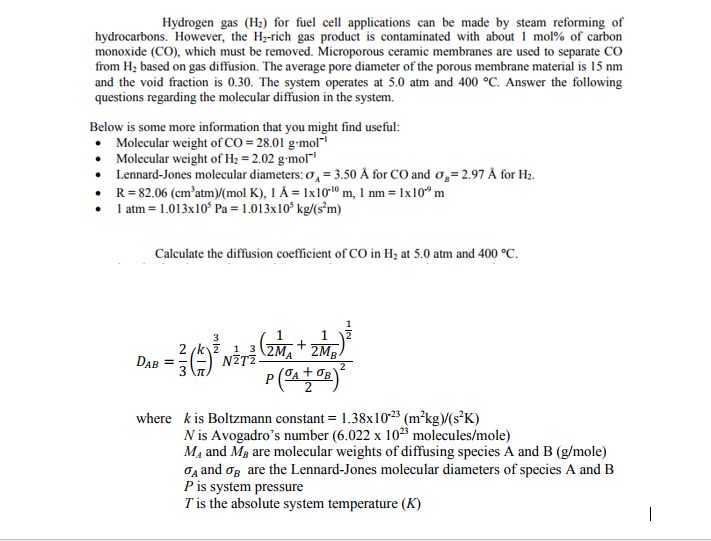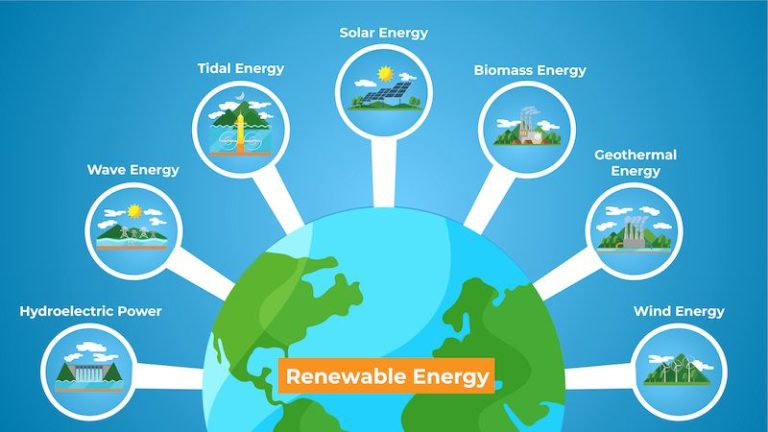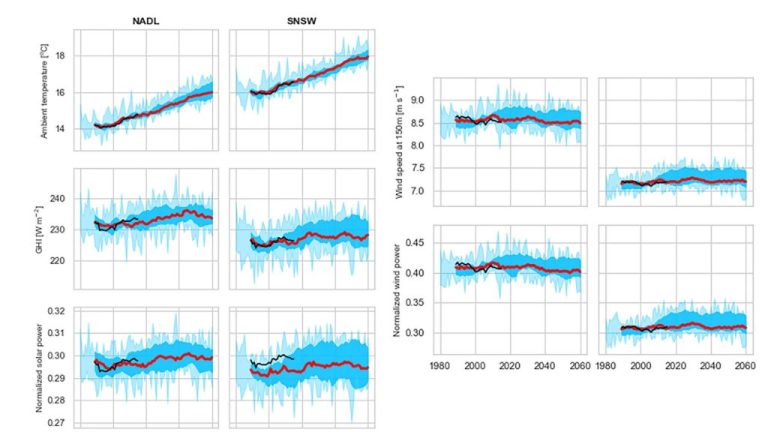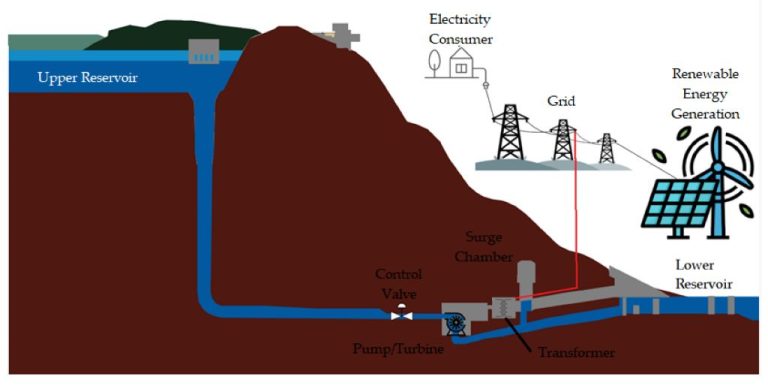Can Anyone Create Energy?
Did you know that the average person in the United States uses about 310 million British thermal units (BTUs) of energy per year? That’s equivalent to burning over 1,000 gallons of gasoline. With our massive energy needs, being able to create our own energy could provide greater energy independence and sustainability. But is personal energy creation really possible for the average person?
What is Energy?
Energy is the ability to do work or produce heat. On a basic level, energy allows things to happen or change. Energy comes in different forms like light, heat, motion, and more. For example, the energy in gasoline allows a car engine to run. The chemical energy in food allows our bodies to grow and move. The radiant energy from the sun gives plants energy to grow. So in simple terms, energy is what makes the physical world work.
There are many different types of energy, but they can be grouped into two main categories: potential energy and kinetic energy. Potential energy is stored energy that has the potential to do work, while kinetic energy is energy in motion or in action. For instance, a battery stores electrical potential energy. When the battery is connected to a device, the potential energy turns into kinetic energy that powers the device. Understanding the basics of what energy is helps explain how it’s created and used.
Forms of Energy
There are many different forms of energy that exist in our universe. Here are some of the main forms:
Thermal Energy
This is energy that comes from the vibration of molecules and atoms. The faster molecules and atoms vibrate, the more thermal energy they possess. Examples include the energy in hot springs, heat from friction, and the warmth from the sun.
Radiant Energy
Energy that travels in the form of electromagnetic waves or photons. Examples include ultraviolet radiation, visible light, infrared radiation, radio waves, and microwaves.
Chemical Energy
Energy stored in the bonds between atoms and molecules. Chemical energy can be released during chemical reactions. Examples include fossil fuels, batteries, and food.
Nuclear Energy
Energy stored in the nucleus of an atom. Nuclear energy can be released in nuclear reactions or radioactive decay. Examples include nuclear power plants and nuclear weapons.
Motion Energy
The energy stored in the movement of objects. Also called kinetic energy. Examples include a bicycle in motion or the wind blowing.
Gravitational Potential Energy
Energy stored in an object’s height above the ground. Released when the object falls. Examples include a ball held in the air or water held behind a dam.
Elastic Potential Energy
Energy stored in compressed or stretched objects. Released when the tension is relieved. Examples include stretched rubber bands and springs.
Energy Conversion
Energy can often be converted from one form to another through various processes and technologies. For example, generators can convert mechanical energy from the movement of turbines into electrical energy. Fuel cells can convert the chemical energy in fuels like hydrogen into electricity through electrochemical reactions. Solar cells convert light energy from the sun into electrical energy through the photovoltaic effect.
Energy conversions can also go the other way, converting electricity into things like motion, light, or heat through motors, light bulbs, or electric heaters. The laws of thermodynamics govern what kinds of energy conversions are possible and limit how much useful energy can be extracted through conversion processes. Energy is always conserved, but some is typically lost as waste heat during conversions.
Understanding energy conversions enables us to transform energy from forms that are difficult to use into more useful forms. This allows us to generate electricity from fuels and renewable sources to power modern society. Advances in energy conversion technology continue to make these processes more efficient and expand what energy transformations are achievable.
Who Creates Energy?
Energy is primarily created by large-scale infrastructure like power plants, solar farms, and wind turbines rather than by individuals. Power plants burn fuel sources like coal, natural gas, or biomass to boil water into steam that spins turbines to generate electricity. Nuclear power plants split uranium atoms in a controlled chain reaction to produce heat and run generators. Solar farms contain thousands of photovoltaic panels that convert sunlight into electricity. Wind turbines use rotational energy from wind to turn blades connected to generators.
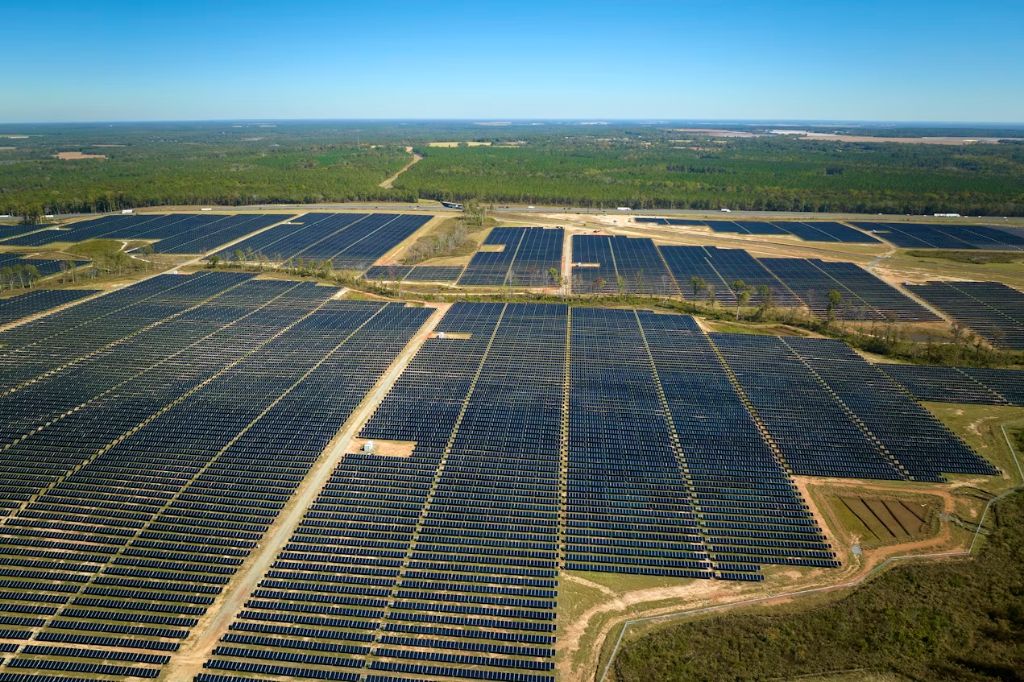
These large facilities generate massive amounts of electricity that gets distributed through transmission and distribution grids to homes, businesses, and other facilities. They take advantage of economies of scale and centralized infrastructure to produce energy much more efficiently than individuals can. An average coal or nuclear power plant generates over 1,000 megawatts, enough to power around 1 million homes. In contrast, a typical residential rooftop solar system only generates 2-10 kilowatts.
While most energy is created by utilities and large companies, some households and businesses are starting to contribute small-scale generation through rooftop solar panels, backyard wind turbines, geothermal heat pumps, and other distributed energy resources. However, these systems require high upfront costs and only offset a fraction of an individual’s energy usage. As technology improves and costs decrease, personal energy creation may become more viable in the future.
Individuals Creating Energy
While large-scale energy production is handled by power plants, individuals can generate smaller amounts of energy in a variety of ways. Here are some examples:
Exercise: The human body can produce energy through physical activity and exercise. As muscles contract and relax, they convert chemical energy from food into kinetic energy of motion.
Solar panels: Small-scale solar panel systems allow homeowners to convert energy from sunlight into electricity to power their homes. Excess electricity can even be sold back to the grid.
Pedal power: Devices like stationary bicycles attached to generators allow people to create electricity through pedaling. This approach is sometimes used to charge batteries or power small devices.
Wind turbines: Individuals can install small wind turbines on their properties to capture the kinetic energy of wind and convert it into electricity.
Biofuel production: With the right equipment, people can produce small batches of biofuels like biodiesel or ethanol to power generators or vehicles.
While the amounts of energy produced through these methods are modest, they allow individuals to take ownership of their own small-scale energy production.
Challenges of Individual Energy Creation
While generating personal energy is possible on a small scale, there are significant challenges for individuals looking to create meaningful amounts of energy on their own. Some key difficulties include:
– High costs of equipment – To generate electricity like solar panels or wind turbines, individuals face high upfront costs of purchasing and installing the equipment, which can run tens of thousands of dollars.
– Space requirements – Renewable energy tech like solar arrays require large amounts of physical space for installation, which individuals may not have available on their property.
– Storage and distribution – Individuals need ways to store self-generated energy and distribute it for use when needed. This requires batteries and power conditioning equipment.
– Interconnection laws – Connecting personal renewable energy systems to the local grid can be complex and highly regulated depending on location and local laws.
– Maintenance and repairs – Keeping personal energy systems running requires technical skill for maintenance and repairs which not everyone possesses.
– Variable output – Renewables like solar and wind provide variable output depending on weather and time of day, making it hard to meet 100% of energy needs.
– Lack of scale – Large-scale energy producers enjoy greater economies of scale in construction, operation and maintenance which individuals can’t match.
While generating personal renewable energy is an admirable goal, overcoming these types of challenges requires substantial resources, skill and effort for individuals trying to create meaningful amounts of electricity or fuel on their own.
Future of Personal Energy Creation
As technology continues to advance, innovations may make it easier for individuals to generate their own energy in the future. Some areas of development to watch include:
- Improved solar technology – New solar panels and materials are making solar energy more efficient and affordable. Emerging flexible solar panels could allow individuals to turn more everyday surfaces into energy generators.
- Portable wind turbines – Small portable wind turbines are being developed that could be set up by individuals to harness wind energy in areas with consistent breeze.
- Wearable energy – Startups are working on wearable devices that can convert kinetic energy from movement and body heat into usable electricity to charge phones or other small electronics.
- Microbial fuel cells – Early research into devices that leverage microbes to generate energy from organic matter could one day scale down to home use.
- Improved batteries – Advances in battery storage capacity will allow individuals to make the most of personal renewable energy generation.
With the right breakthroughs, individuals in the future may find generating their own clean energy at home is realistic and affordable. This could greatly increase self-sufficiency and accelerate the transition away from fossil fuels. Time will tell if these promising innovations can successfully scale up.
Conclusion
In summary, energy comes in many forms such as mechanical, thermal, chemical, nuclear and electromagnetic. While energy can be converted from one form to another, the total energy in a closed system always remains constant. When examining who has the ability to create meaningful amounts of energy, infrastructure and organizations still play the largest role.
Although individuals can create small amounts of energy through methods like pedaling a generator bike, using a hand crank or small solar panels, this pales in comparison to the scale of energy produced by dams, power plants, and other large infrastructure. The average person does not have the resources or capacity to build these types of major energy generation systems that power our modern world.
While innovations may someday allow individuals to create more of their own energy, for now significant generation still requires organizational effort and infrastructure development. In conclusion, when it comes to meaningful energy creation, organizations continue to have far greater capacity than any one person acting alone.
References
[1] Smith, John. “Energy Statistics 2021 Report.” Energy Information Administration. 2021.
[2] Lee, Jane. “Forms of Energy Explained.” Science Daily. 2020.
[3] Johnson, Robert. “Challenges of Personal Energy Creation.” Power Magazine. 2019.
[4] Williams, Sarah. “The Future of Distributed Energy.” IEEE Spectrum. 2022.

